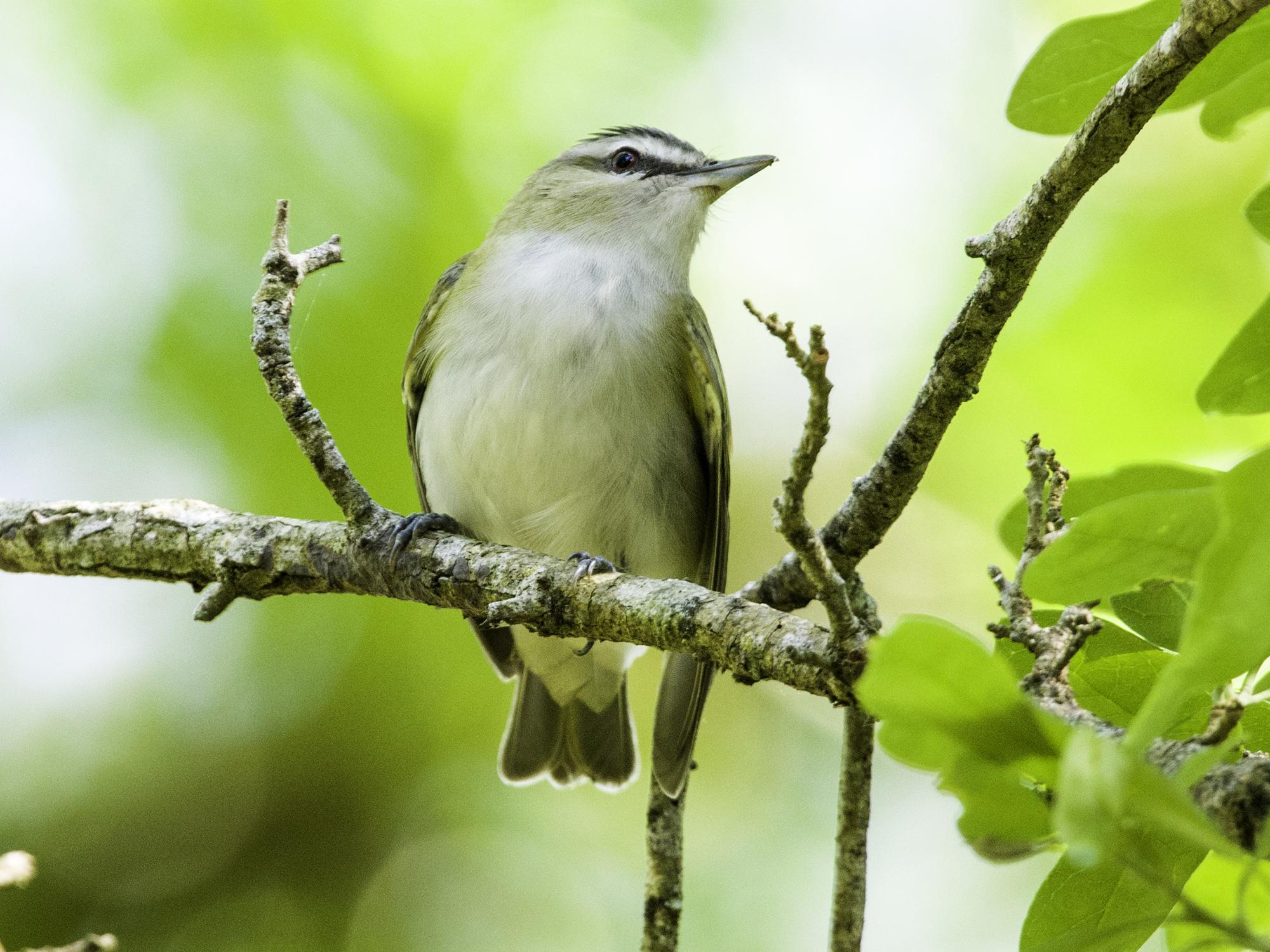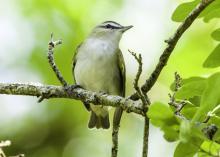Information Possibly Outdated
The information presented on this page was originally released on April 15, 2016. It may not be outdated, but please search our site for more current information. If you plan to quote or reference this information in a publication, please check with the Extension specialist or author before proceeding.
Mississippi’s songbirds deserve Grammy awards
RAYMOND, Miss. -- Spring is a favorite time year for many people who enjoy watching the outdoors come alive with fields of flowers, groves of small budding trees, mixed forests exploding with new growth and the heavens filled with singing birds.
Birds sing to communicate with one another. As with humans, there are several ways birds can communicate. Generally speaking, bird communications are either songs or calls. Male birds typically perform songs -- long vocal displays with repeated patterns -- to defend their territory and attract mates. Males and females use calls -- short vocal displays of one or two notes -- to communicate location and danger during daily interactions within family groups. Songs are primarily used during the breeding season, while calls are used year-round.
The diversity of birdsong is remarkable, ranging from the single honk of a Canada Goose to the harmonic tune of the Wood Thrush. Some birds even use non-vocal communications, such as the Pileated Woodpecker drumming on a tree.
Birds make their songs with an organ called the “syrinx.” Similar to the larynx in humans, the syrinx is located at the base of the trachea or windpipe in the chest cavity. This tube-like structure controls the speed of air passing through from the bird’s highly efficient lungs. Birds create songs and calls by controlling the air speed and distorting the shape of the syrinx by squeezing or relaxing muscles attached to the outer walls of the organ. It is similar to blowing through a straw faster or slower while squeezing the straw to get a different pitch in sound.
In the case of the Canada Goose, the syrinx is very simple in shape and has just a few muscles that allow only honking and hissing. The Wood Thrush’s syrinx has many additional membranes and muscles, allowing the bird to create different pitches and simultaneous notes.
Another important physical feature in birds is the fact that the syrinx is located in the chest cavity, which gives even the smallest birds the ability to project sounds over long distances. This feature is important as many of these birds’ live in forests or open areas. For them to breed and survive, it is essential for birds’ songs and calls to penetrate their habitat.
In addition to physical differences in the syrinx, some birds can develop an extensive repertoire of songs by learning new ones throughout their lives. A great example is our state bird, the Northern Mockingbird, which can learn up to an average of 1,500 songs in its lifetime.
Research has shown that female mockingbirds may choose mates based partly on the size of the males’ musical repertoires. These songs are often compilations of other species’ songs and calls, along with occasional sounds the bird picked up from its environment, such as the back-up beeper of a garbage truck.
Much is still unknown about birdsong, but one thing is for sure: It is one of the most enjoyable and fascinating things nature has to offer us. So get outside and enjoy it this spring.

Editor’s Note: Extension Outdoors is a column authored by several different experts in the Mississippi State University Extension Service.









